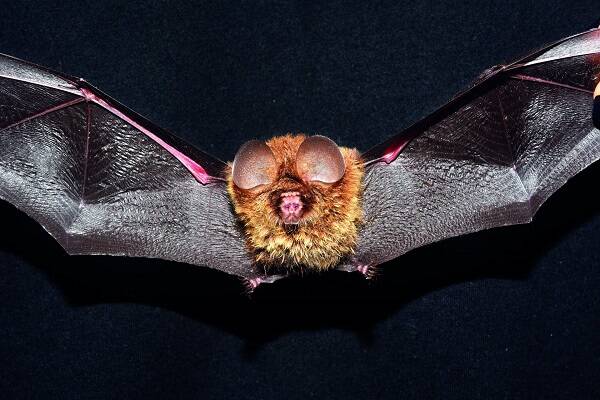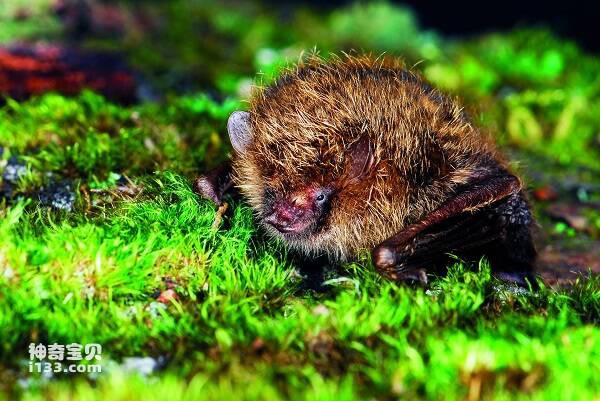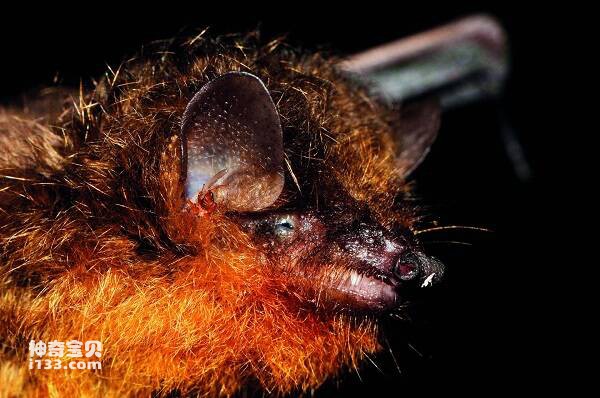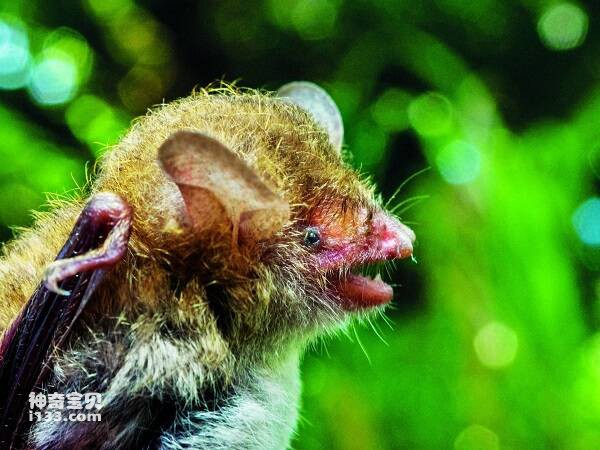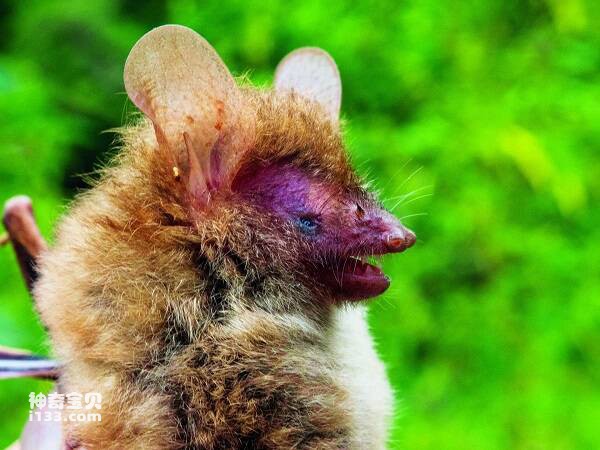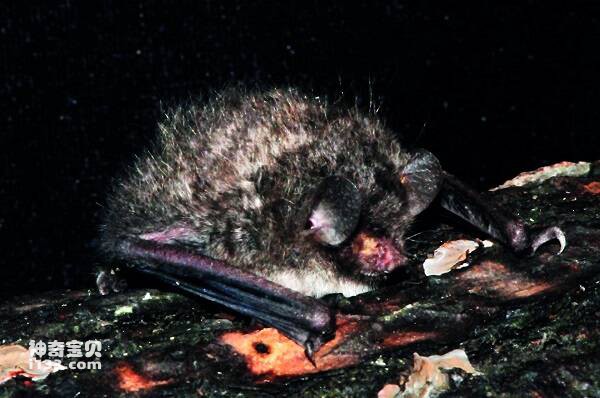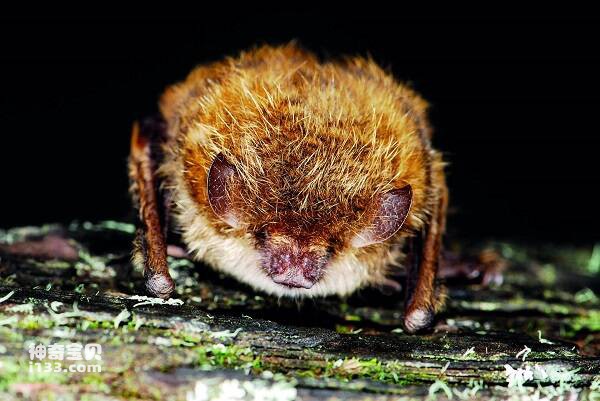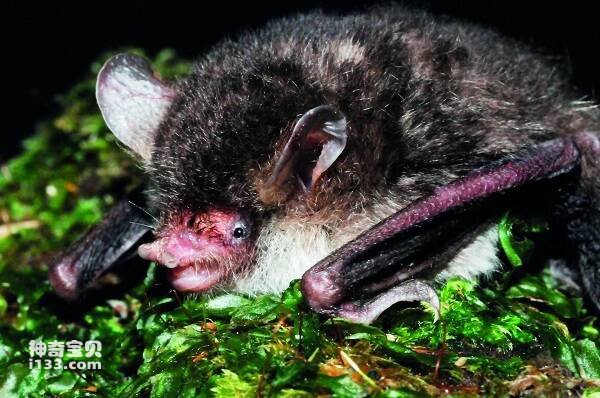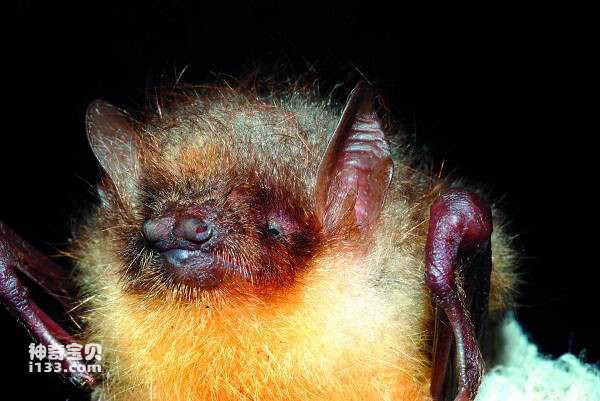chiroptera
IUCN
LCBasic Information
Scientific classification
- name:chiroptera
- Scientific Name:CHIROPTERA
- Outline:Chiroptera
- Family:Pterodactyla Pterodactylidae Pterodactylus
Vital signs
- length:
- Weight:
- lifetime:
Feature
The nasal lobes are very distinctive and easy to recognize.
Distribution and Habitat
It is distributed in Guangdong, Guangxi, Yunnan, Guizhou, Jiangxi and Chongqing in China. It is distributed abroad in Laos, Thailand, Myanmar, Vietnam and Malaysia.
Appearance
The body size is smaller. Forearm length approx. 42mm. The total length of the skull is about 16mm. There are 2 small appendages on each side of the anterior nasal leaf, and the posterior nasal leaf is divided into 3 lobes by 2 longitudinal grooves, and the middle leaf is slender. Both sexes have no frontal glands. Small ears, no opposite tragus. The body color is brown, the body hair is long and soft, the tip of the back hair is brown, the hair base is light white, the ventral hair is light brown, there is a light color area from the front chest to the Central Line of the abdomen, and there are obvious brown spots on both sides. The tail protrudes from the intercaudal membrane.
Details
There are only a few hundred of them now, and the population is rare. For a small animal population of only a few hundred, this population is already too rare, and it can be said that it is even more precious than the giant panda. Cave bats, which feed on small insects.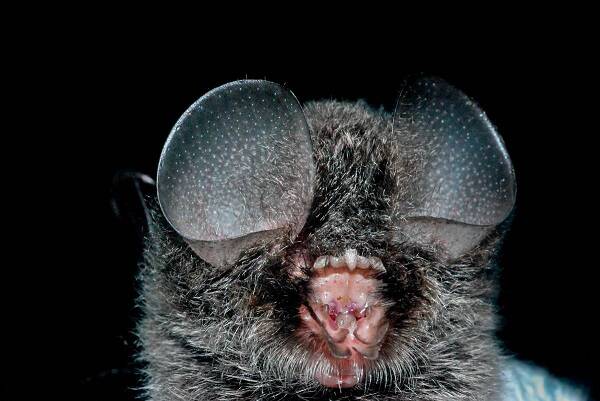
In March 2006, Zhang Shuyi, a researcher from the Institute of Zoology of the Chinese Academy of Sciences, took several graduate students to Wuyi Mountain in Fujian Province to do field research and collect medicine. Li Gang, a doctoral student at the Institute of Fauna of the Chinese Academy of Sciences, told reporters: At that time, the investigation and medicine collection were mainly aimed at natural caves and abandoned mines in the mountains. In one of the caves found nearly a hundred bats, and then randomly caught a few bats, and with the equipment to take photos of these bats, and the several bat wing membrane removed as a sample, the bats were released. Most of the bats they saw were Chinese horseshoe bats, lesser horseshoe bats, and medium horseshoe bats, but one of them turned out to be a rare, tailless horseshoe bat.
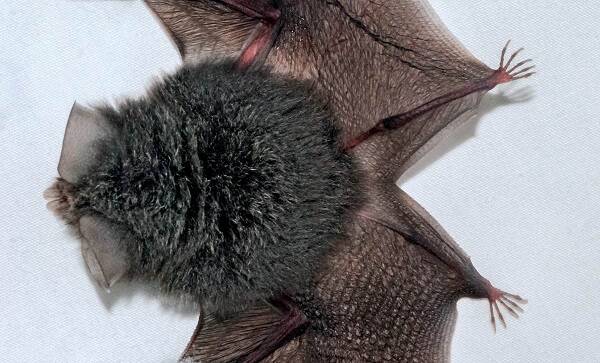
Zhang Shuyi, a researcher, attaches great importance to this precious tailless hoof bat. He said that these bats, not only tailless hoof bats, have been reduced by half compared with 20 or 30 years ago, both in terms of species and number.

The reason for the large decline in bats is that people catch and eat bats in order to get game. The worst cases are in Guangzhou and Hainan.
It has been included in the China Biodiversity Red List - Vertebrates volume, assessment level: Vulnerable VU- B1+2a (i).
